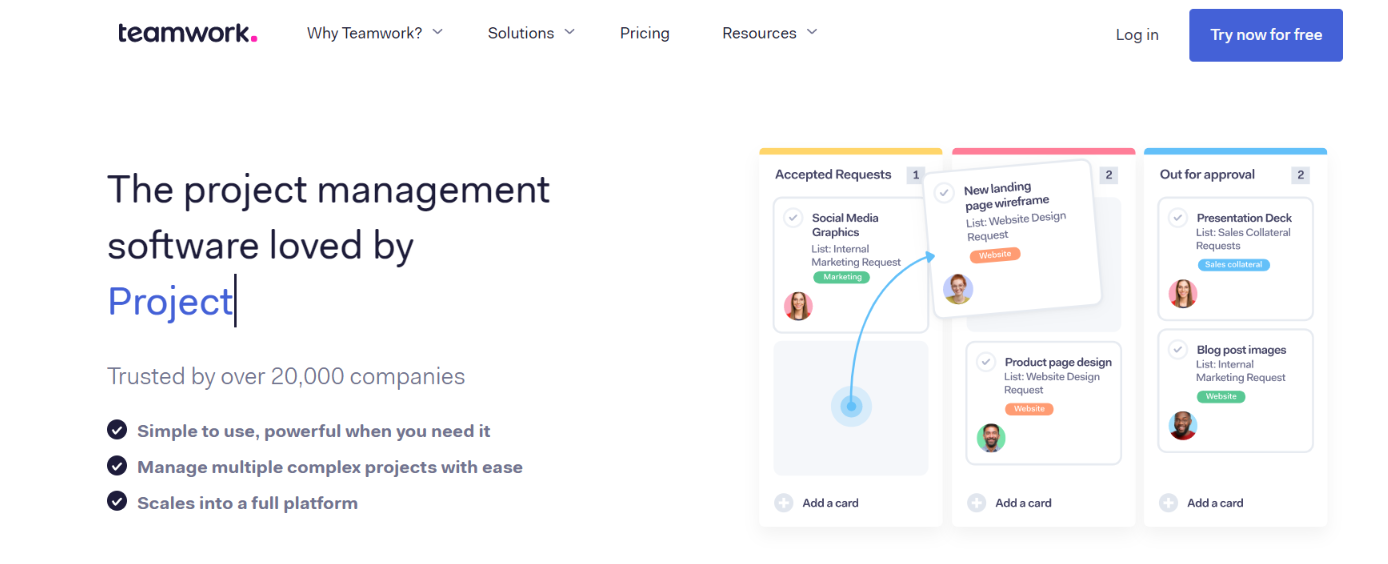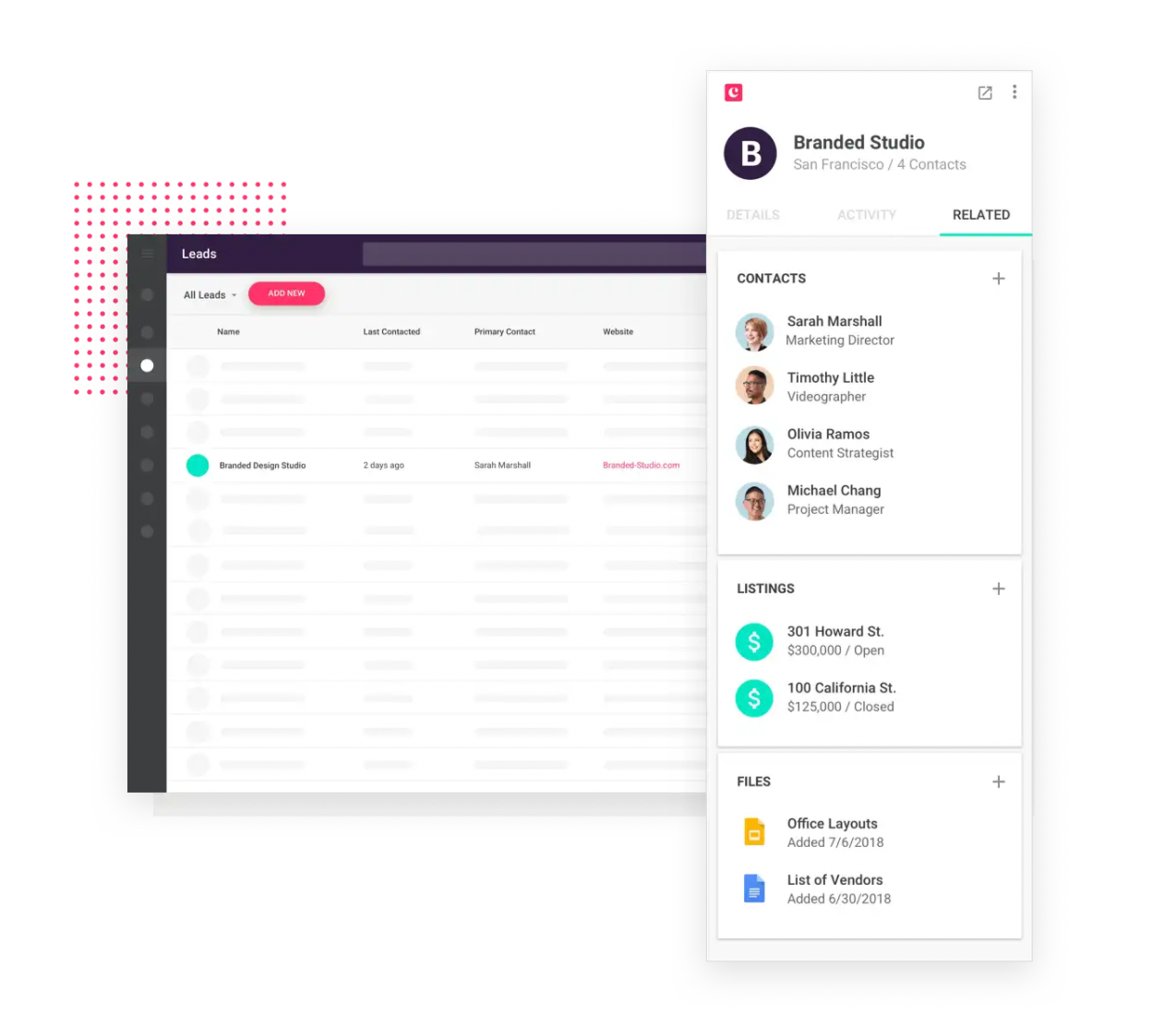
While there is no clear line in the sand on this one - and the lines between small and mid-market sometimes blur - it’s worth pointing out. Below are those differences that are objectively unique between each platform.Īudience: Airtable caters more heavily to the small-business segment, while Smartsheet favors a mid-market clientele. Our analysis found these two solutions to be quite similar, but noticeable differences do exist. Get started How are Smartsheet and Airtable different? Spoiler: not by a lot Released in 2006, Smartsheet is a SaaS collaboration and work management platform - the “modern alternative to Microsoft Project.” Smartsheet employs a “tabular user interface” with a look and feel most similar to spreadsheets in Microsoft Excel. Smartsheet is “the enterprise platform for dynamic work that aligns people and technology so your entire business can move faster, drive innovation, and achieve more” ( Source: Smartsheet About page). This article will touch on the similarities of the two platforms while mostly focusing on how they differ. While there are not billions of project management solutions on the market, Smartsheet and Airtable are two of the many available. Suffice to say, there is not a shortage or articles about project management. Google “project management” and you get “about 3,770,000,000 results. Keep scrolling for our analysis and to learn more about all the project management tools out there.
#AIRTABLE ALTERNATIVES SERIES#
And because Lists seems to be all about flexibility, you can also create custom views.Monday reviews is our latest blog series where we provide the facts about different project management tools-no BS and no hyperbole needed.

Calendar view explains itself, while the gallery view is ideal for anything that’s more visual. The standard view is “grid,” which may remind you a bit of Airtable, if you have ever used that. For now, there are three views: grid, gallery and calendar. To enable all of these use cases, Lists include different ways to visualize your lists. In that respect, it reminds me a bit of services like Trello (and the Lists mobile app bears a striking resemblance to the Trello app).

The way Microsoft describes it, Lists is a tool to “track issues, assets, routines, contacts, inventory and more using customizable views and smart rules and alerts to keep everyone in sync.” It features deep integrations into Teams, SharePoint and other Microsoft products and will launch this summer on the web, with mobile apps slated for later this year.īased on what Microsoft has shared so far, Lists will feature a bunch of pre-made templates for things like team contacts, event itineraries, business travel approvals and onboarding checklists.Īs you can see from that list, it seems like Microsoft has purposely kept the service pretty flexible, so that it can accommodate a lot of use cases. Indeed, Lists seems more like a competitor to Airtable, with the addition of all the usual Microsoft integrations one would expect. But it seems like Lists goes well beyond a basic to-do app. That may sound a lot like a to-do list app and, as Microsoft already offers Microsoft To Do, you may wonder why it would bother with Lists.

Microsoft today launched Lists, a new “smart tracking app” for Microsoft 365 users.


 0 kommentar(er)
0 kommentar(er)
